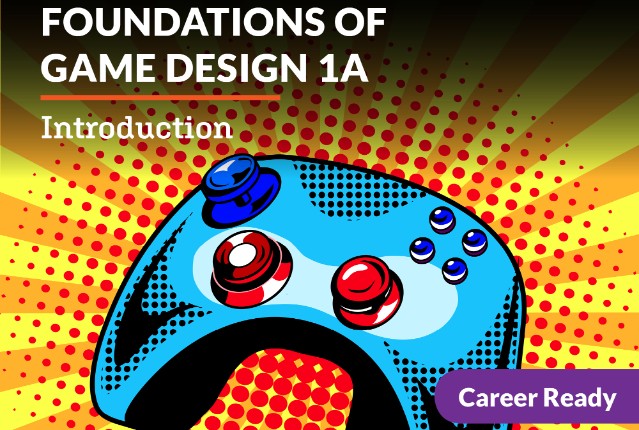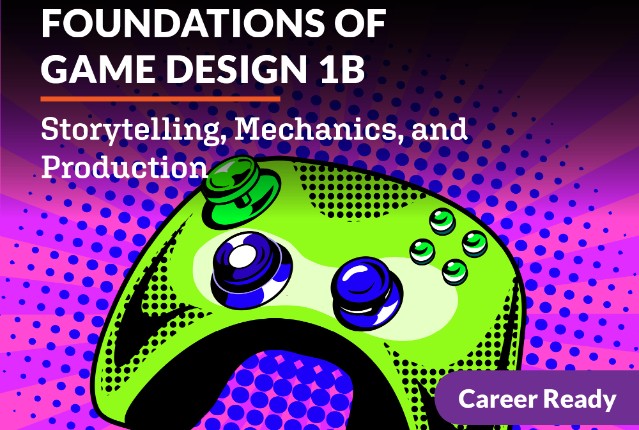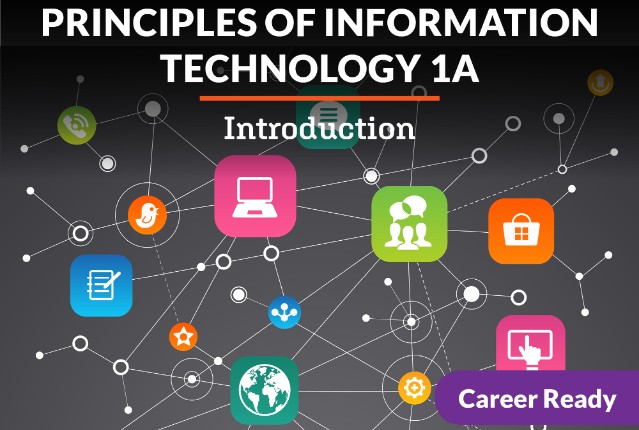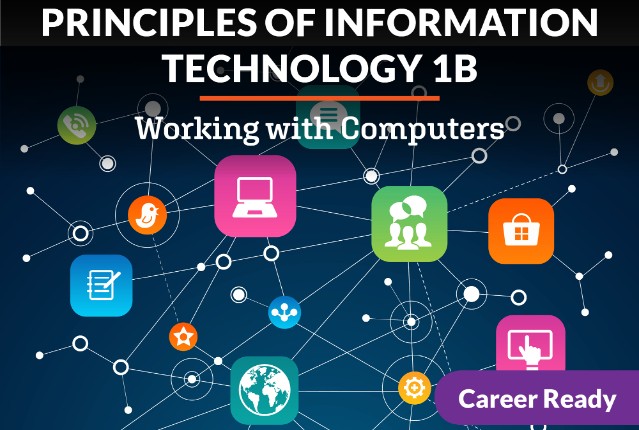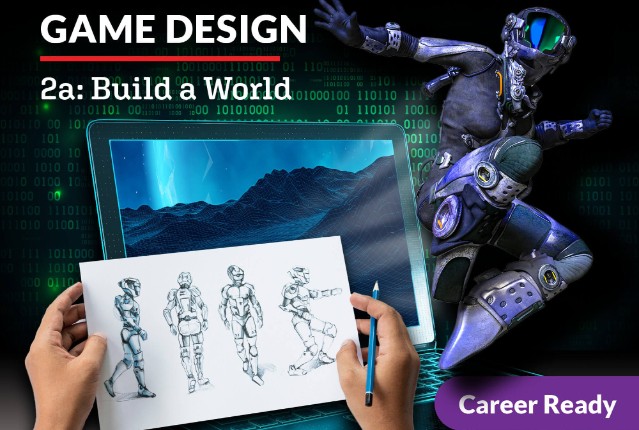
Game Design 2a: Build a World
Are you ready to enter this multi-billion-dollar industry and start applying your technical skills into a compelling package that will catch the eye of an employer? Beginning with conceptualization and the design process, you’ll develop your game’s story elements, narrative, plot, characters, and assets. Using game design software, you’ll bring your game to life by applying lighting, audio, visual effects, player choice options, AI, and consider the type of controls to use for your game. Build a world players can get immersed in.
Review course outlineAccess for a year
USD 299.00*
* Choose more courses to get a discount
